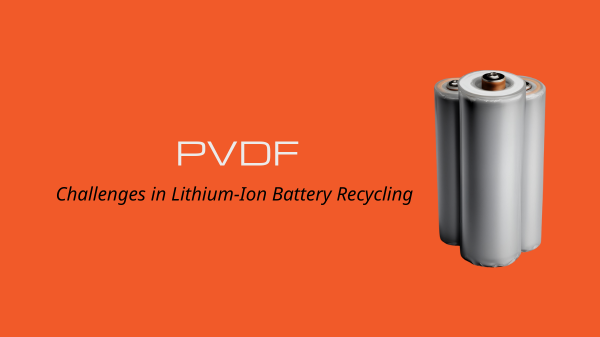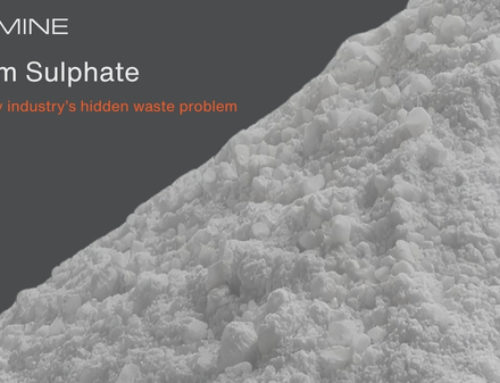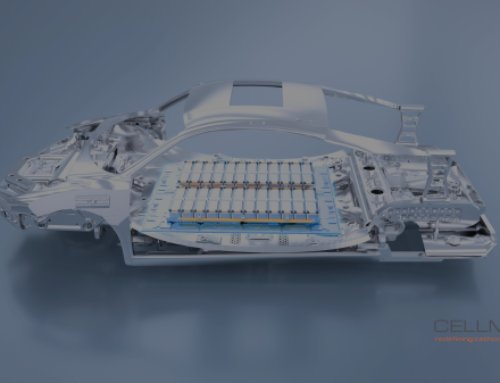Why is Battery Recycling Important?
Lithium-ion batteries (LIBs) are an integral part of modern society, seeing use in mobile phones, laptops, and the ever-increasing number of electric cars. With an average lifespan ranging from two to five years, and the finite quantity of essential metals such as lithium, cobalt, and nickel, recycling LIBs is essential. However, the challenges in battery recycling cannot be overlooked, as they impact the efficiency and effectiveness of recycling processes. Despite these challenges, recycling LIBs supports the transition towards a circular economy, where materials are reused and recycled to minimize waste and maximize resource efficiency. Recovered metals and materials can be reintegrated into the manufacturing process, reducing the reliance on virgin materials and promoting sustainability.
How are Batteries Recycled?
Currently, one of the most common preparatory steps for battery waste recycling involves mechanical crushing or shredding of LIBs to break down the battery packs into smaller pieces. This mixture is then sieved to remove any large pieces, leaving a fine powder known as black mass, which contains the valuable cathode material (lithium, cobalt, nickel, manganese) as well as the anode (commonly graphite) and plastic. This black mass can then be chemically treated to recover the valuable metals for reuse in new LIBs.
CellMine: Innovating in Battery Recycling
CellMine uses proprietary technology to purify black mass into two streams; a cathode precursor precipitate and a lithium-rich solution. Not only does the CellMine process allow valuable metals to be recovered and recycled, it also rejuvenates and enhances the cathode morphology, leading to an increase in battery performance when compared to new LIBs. However, this process is hindered by the presence of plastic within the black mass, specifically the polyvinylidene
Challenges in Battery Recycling
PVDF binder is widely used in LIBs due to its outstanding adhesion, long-term performance, and enhancement of the interface between electrode and separator. PVDF is tightly bound to the electrodes and other battery components, necessitating additional steps, energy, and resources to separate it. Although it can be thermally decomposed, the energy cost and release of highly toxic gases such as hydrogen fluoride (HF) makes this an unattractive option. PVDF is chemically inert under normal conditions, making it resistant to many common solvents and chemical reagents used in recycling processes, requiring more aggressive and dangerous chemicals for its removal. If it is not properly removed, the residual PVDF hinders the effectiveness of chemical recycling, and decreases the performance and reliability of the subsequent recycled battery materials.
Overall, while PVDF is important for lithium-ion battery manufacturing, its presence complicates the recycling process and reduces the efficiency of material recovery. CellMine is striving to solve the complex challenges in battery recycling and of PVDF removal in a safe and environmentally friendly way, in order to maximise metal recovery and fully valorise end-of-life LIBs.



